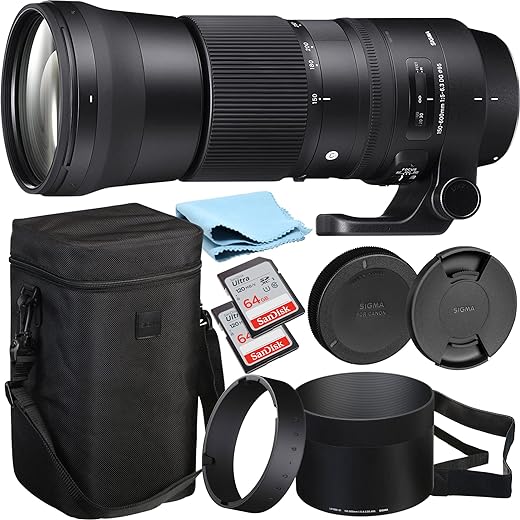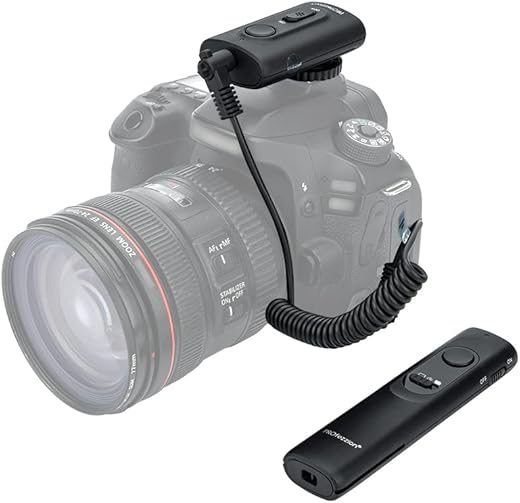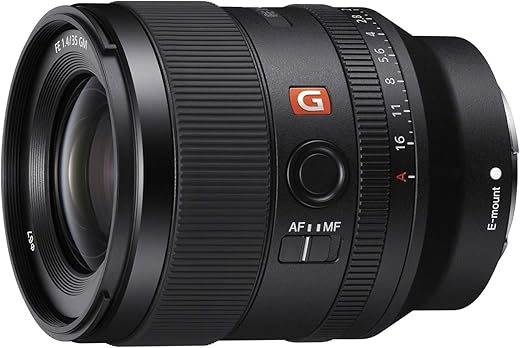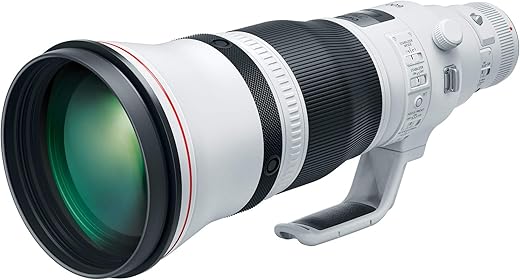Here is my comprehensive review of the Sigma 150-600mm Canon Telephoto Lens Bundle. Explore its lightweight design and improved focusing control for sharper shots. Dive into the versatility of this bundle, including memory cards and more. Discover the precision and durability of the Thermally Stable Composite construction. Join me as I unpack the value and performance of this all-inclusive lens package.
Sigma 150-600mm Canon Telephoto Lens Bundle
The Sigma 150-600mm Canon Zoom Telephoto Lens F/5-6.3 DG OS HSM Bundle is a fantastic option for photographers looking to capture stunning long-distance shots with ease. This lens was designed with the idea of combining maximum portability with exceptional image quality, making it a versatile tool for various photographic situations.
Included in the bundle are essential accessories such as lens front and rear caps, a lens hood, a lens case, a tripod collar, protective cases, two 64GB SanDisk memory cards for quick transfers, and a cleaning cloth. These items ensure that your lens is well-protected and ready for any shooting scenario.
The Sigma 150-600mm lens features advanced Sigma technology, including a Hyper Sonic Motor (HSM) for quiet and optimized focusing, making it ideal for birding, wildlife, and sports photography. The lens also includes a zoom lock switch, a manual override switch for improved focusing control, and compatibility with the Sigma USB dock for firmware updates and customization options.
With features like Optical Stabilizer System, a rounded 9-blade diaphragm for smooth bokeh, and construction using Thermally Stable Composite material, this lens offers top-of-the-line performance and image quality. Its lightweight and compact design further enhance its appeal, making it a go-to choice for photographers seeking a high-quality telephoto lens.
Review of Sigma 150-600mm Canon Zoom Telephoto Lens
As an avid Canon camera user, I was in the market for a quality telephoto lens, and the Sigma 150-600mm did not disappoint. Here’s my take on this lens based on the insightful reviews I came across:
Build and Performance
- The build quality of this lens is excellent, giving you that reassurance of its durability.
- It functions seamlessly with Canon cameras, such as the M50 Mark II with a Viltrox adapter, allowing you to capture stunning shots, especially for bird photography.
- While it’s undeniably large and heavy, consider using a sturdy monopod or tripod for added stability and comfort during extended shooting sessions.
Image Quality and Versatility
- The image quality produced by this lens is impressive, elevating your photography to a professional level.
- With its extensive zoom range, shooting from a distance becomes a breeze, offering versatility in various shooting scenarios.
- An attached photo comparison vividly showcases the noticeable difference in detail and quality compared to other lenses, making it a worthwhile investment for any photography enthusiast.
User Experience and Practicality
- For nature photographers like myself, this lens excels in capturing distant subjects with exceptional clarity.
- While it may have some weight to it, the value it provides for the price point is unbeatable, especially when paired with high-resolution Canon cameras.
- Engaging with tutorials on platforms like YouTube can enhance your usage of this lens, allowing you to maximize its features effectively.
Real-World Application
- A user highlighted the lens’s performance at daytime events, such as lacrosse matches, emphasizing its sharp image quality and reliable autofocus.
- Understandably, low-light photography may pose some challenges due to the lens’s aperture range, but overall, it delivers exceptional results for its cost.
Bottom Line
In conclusion, the Sigma 150-600mm Canon Zoom Telephoto Lens is a compelling choice for photographers seeking superior image quality, versatility, and value for money. With proper handling and support accessories like a monopod, this lens can elevate your photography game to new heights and capture stunning shots with ease.
Ultimate Budget-Friendly Wildlife Lens: Sigma 150-600mm In-Depth Review
Explore Comparable Telephoto Lens Options for Canon Cameras
Buyer’s Guide: Selecting the Right Telephoto Lens – Sigma 150-600mm f/5-6.3 DG OS HSM Contemporary
Introduction
Welcome to our comprehensive buyer’s guide on how to choose the perfect telephoto lens, focusing on the Sigma 150-600mm f/5-6.3 DG OS HSM Contemporary. This guide will help you make an informed decision and get the most out of your photography equipment.
Key Considerations
When selecting a telephoto lens, there are several key factors to keep in mind:
- Focal Length: The Sigma 150-600mm lens offers a versatile zoom range ideal for capturing distant subjects.
- Aperture Range: With an aperture of f/5-6.3, this lens is suitable for various lighting conditions.
- Image Stabilization: The built-in Optical Stabilization (OS) helps reduce camera shake for sharper images.
- Compatibility: Ensure the lens is compatible with your camera brand, in this case, Canon.
- Accessories: Consider bundled items like lens caps, hood, case, and memory cards for added value.
Steps to Make an Informed Decision
Follow these steps to choose the right telephoto lens:
- Research: Read reviews, watch tutorials, and compare prices to understand the lens’s performance and value.
- Try Before You Buy: Visit a store to test the lens on your camera and evaluate its functionality.
- Consider Your Needs: Determine your photography style and subjects to match the lens features with your requirements.
- Budget: Set a budget and consider if the bundled items justify the cost.
Tips for Choosing the Right Telephoto Lens
- Consider Used Options: Look for certified refurbished lenses to save money without compromising quality.
- Check Warranty: Ensure the lens comes with a warranty for peace of mind.
- Attend Workshops: Join photography workshops to test different lenses and learn from professionals.
Case Studies
- Case Study 1: Photographer A upgraded to the Sigma 150-600mm lens and improved wildlife photography with its zoom capabilities.
- Case Study 2: Photographer B used the lens bundle for a sports event, capturing fast-paced action with precision.
Summary
In conclusion, selecting the right telephoto lens, such as the Sigma 150-600mm f/5-6.3 DG OS HSM Contemporary, requires careful consideration of focal length, aperture, image stabilization, compatibility, and bundled accessories. By following the steps outlined in this guide and considering the tips provided, you can make an informed decision that enhances your photography experience.
Telephoto Lens FAQs
Image stabilization technology in telephoto lenses helps minimize camera shake, resulting in sharper images when shooting in low light conditions. This technology allows for longer handheld exposure times, which is crucial in low light settings where a steady hand may be challenging. By reducing blur caused by shaky hands, image stabilization improves the overall image quality by producing clearer and more detailed photos, even in darker environments.
A fixed focal length telephoto lens, also known as a prime lens, has a single, unchangeable focal length (e.g., 200mm). This type of lens typically offers superior image quality, wider maximum apertures, and smaller, lighter designs compared to zoom lenses. Prime lenses are excellent for capturing portraits, wildlife, and sports photography, where image quality and low-light performance are crucial.
On the other hand, a zoom telephoto lens, like the Sigma 150-600mm you mentioned, provides a range of focal lengths within a single lens (e.g., 150-600mm). This versatility allows photographers to zoom in and out without changing lenses, making them ideal for situations where changing the shooting distance quickly is essential, such as sports, wildlife, and event photography. Zoom lenses offer convenience and flexibility but may sacrifice some image quality and maximum aperture compared to prime lenses.
In summary, if image quality and low-light performance are your top priorities, a fixed focal length telephoto lens (prime lens) would be an excellent choice. However, if versatility and convenience are more crucial for your photography needs, a zoom telephoto lens could be a better fit. Ultimately, the choice between the two depends on your shooting style, preferences, and specific photography goals.
The maximum aperture of the Sigma 150-600mm Canon Zoom Telephoto Lens is f/5-6.3. This means that the lens has a variable maximum aperture, ranging from f/5 to f/6.3, depending on the focal length you are using.
When choosing a telephoto lens for wildlife photography, there are several key factors to consider:
- Focal length: Look for a lens with a longer focal length, such as 150-600mm, to capture distant subjects without disturbing them.
- Aperture: A wide aperture (e.g., f/5-6.3) allows more light to enter the lens, making it easier to shoot in low-light conditions and achieving a shallower depth of field for better subject isolation.
- Image stabilization: Optical stabilization helps reduce camera shake when shooting handheld, particularly at longer focal lengths.
- Autofocus speed and accuracy: Wildlife photography often involves fast-moving subjects, so a lens with a quick and precise autofocus system is essential.
- Build quality and weather sealing: Choose a lens that is durable and weather-sealed to withstand various outdoor conditions.
By considering these factors, you can select a telephoto lens like the Sigma 150-600mm Canon Zoom Telephoto Lens that is well-suited for capturing stunning wildlife shots.
Explore the world in stunning detail with the Sigma 150-600mm Canon Zoom Telephoto Lens Bundle. Upgrade your photography gear and capture life’s moments with incredible clarity and precision.












5 thoughts on “Sigma 150-600mm Canon Telephoto Lens: A Comprehensive Review”
The lens hood is a bit bulky, but it does its job well in blocking out stray light.
Overall, I’m super happy with this purchase. Can’t wait to explore more with this lens!
This lens is a beast for wildlife photography! So sharp and versatile!
The bundle is a great deal; you get everything you need to start shooting!
The image stabilization works like a charm, even at full zoom.
Comments are closed.